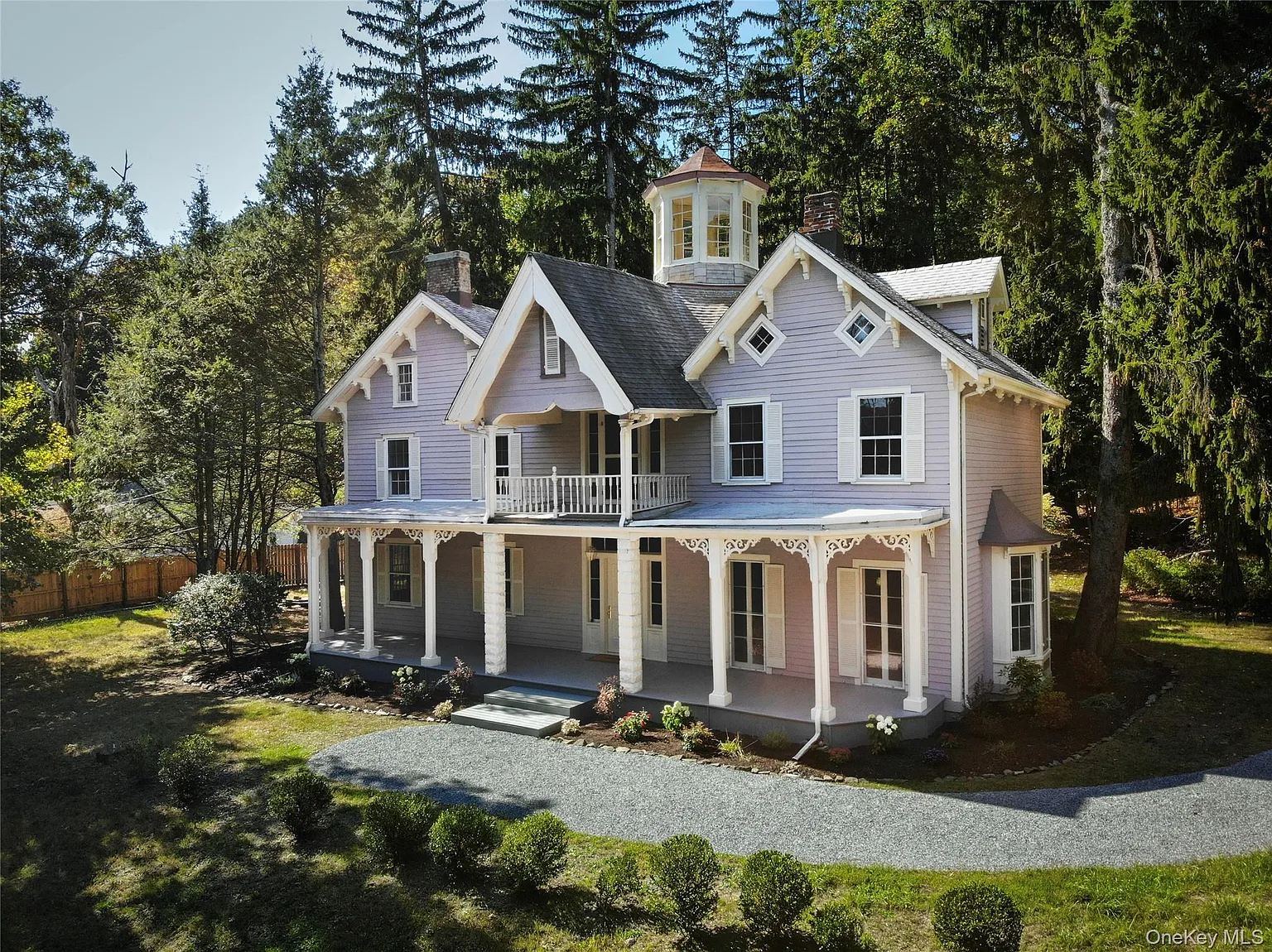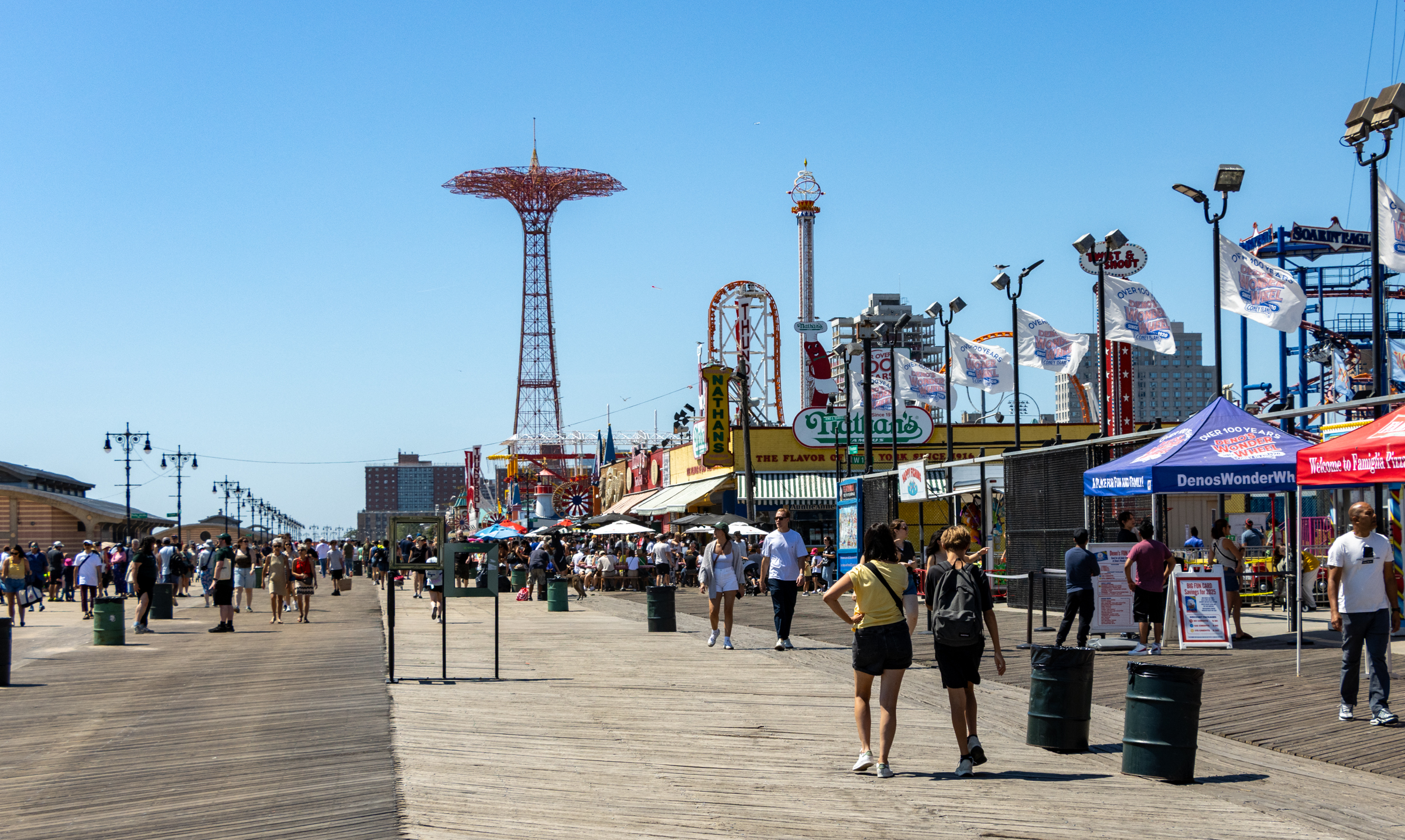Past and Present: The Home for Destitute Children
A look at Brooklyn, then and now. The rapid growth of Brooklyn in the 19th century also came with the growth in the number of poor people. With the rise in rural people moving to the city, as well as immigration, especially of refugees from the Irish Potato Famine coming here in mid-century, the city…

A look at Brooklyn, then and now.
The rapid growth of Brooklyn in the 19th century also came with the growth in the number of poor people. With the rise in rural people moving to the city, as well as immigration, especially of refugees from the Irish Potato Famine coming here in mid-century, the city fathers saw slums, shantytowns and tenement buildings filling faster than they could handle the situation. A century before government safety nets, dealing with the poor fell to city and county almshouses and workhouses, and to private and religious charities.
Children were especially vulnerable for exploitation and abandonment. Many impoverished parents could not feed the mouths they had, many children were orphaned through disease and neglect, and many children were simply lost, with alcoholic and abusive caregivers. Thousands of these children, if they were old enough, were literally wandering the streets, or had exhausting jobs in factories or selling papers, and some were just abused by predators and pedophiles.
Victorian society was of two minds regarding children. The first was that they were innocents deserving of help, and not responsible for the conditions they found themselves in. The second mindset treated children like small adults, expecting them to work as soon as possible, and as hard as possible, and not have childhoods. Fortunately, more people regarded children as innocents needing help, and the generous hearts and open purses of the well-to-do in Brooklyn prevailed.
The Brooklyn Industrial School Association and Home for Destitute Children was chartered in 1854. The founders of the organization intended to fill a gap in the care of children. There were orphanages to take in babies and children whose parents were dead, but there was no facility that specialized in caring for children whose parents were still alive, but were unable to care for them, or were incarcerated or deemed unfit by the courts. The Association would care for these children, many of whom they found on the streets, providing a home, and preparing them for lives of dutiful and meaningful work. The board of directors was made up of some of the city’s wealthiest men, but the real running of the charity fell to the society women who had dedicated themselves to this charge, the “lady managers,” as they were called.
One of their first tasks was to secure a large and permanent home. The Association had a building on Concord Street, downtown, but it was overcrowded months into the start of their project. They bought a large plot of land in Prospect Heights, near the new reservoir, a part of the city that was barely being developed at that time, near Flatbush Avenue and what was then Butler Street, now Sterling Place. In 1862, they built a four story Gothic style building, with accommodations and organization similar to children’s homes in London. The building had a reception parlor, matron’s room, sewing room, dormitories, dining room and hospital rooms. They expected to add more later, and before it even opened, the number of children needing shelter grew.
The Home for Destitute Children grew beyond its facilities in a number of years. In 1881, an entirely new building was built on the property, this facility designed by the Parfitt Brothers, one of Brooklyn’s finest architectural firms, a testament to the money and connections the wealthy patrons of the Association had. This is the building in the photograph, located at 217 Sterling Place. The Home was run strictly by these wealthy ladies who were all associated with many of Brooklyn’s most prominent Protestant churches. Religious education was a large component of the children’s training, as was a growing training program.
Girls were taught sewing, domestic services and nursing care, while the boys were taught carpentry and other trades. Everything was donated to the home, and fund raisers were held often, to provide the children with toys, clothing, bedding and everything else they needed. The Home was a very popular charity, and always raised a lot of money. They needed it, as their population grew, and more additions were needed for the building.
Over the course of the Association’s life, the Home enjoyed a good reputation in the papers. But there were problems with allegations of staff abusing children, a couple of mini-epidemics of children’s communicable diseases, and parents trying to get their kids back, but these were all balanced in the papers by tales of happy and grateful children who went on outings to Coney Island and the park. What was the real story at the Home for Destitute Children?
One girl, remembering her childhood there in 1900-1905, had very different memories. She remembered getting bread and milk for her meals, except when people were coming to inspect, and they then got soup. The girls all had their hair cut short so that it could be scrubbed easily, and that all of the children washed up daily in long trough sinks. She said they had no toys, and no furniture; the children all sat on the floor. The girl said the boys and girls were always kept separate, in separate wings of the building, and they played outside with a wall between them. The grounds were paved, and a roof overhung their play area, so they had no sunshine. This child would end up leaving Brooklyn on an orphan train to the West, in 1905.
In 1921, the name of the institution was changed to the Brooklyn Home for Children. Six years later, they merged with the Industrial School Association of the Eastern District, keeping their name. More emphasis was being placed on training and skills for older children, with programs instituted to teach modern job skills. Care for children was changing, and large institutions were slowly being phased out in favor of foster care and smaller group homes. In 1936, the Home was offered a generous sum for its building, and a year later, they were gone.
The Brooklyn Home for Children moved to Forest Hills, Queens, into new facilities purchased with the money from the sale. They built a smaller facility, due to foster care, and also had on site, groups of cottages with an adult supervisor, these cottages being a real “home” with living room, dining room, bedrooms. For the first time, the children went to public schools and mixed with other kids. The days of the orphan trains were over.
In 1937, the Parfitt Brothers building was torn down and a new, six story apartment building designed by Benjamin Dreisler, Jr. was built on the site. The Brooklyn Industrial School Association and Home for Destitute Children is now just a photograph on old postcards and a curiosity for those who like to peruse old maps. The new apartment building sits next door to the old PS9, just as the Brooklyn Home once did. Who knew? GMAP









What's Your Take? Leave a Comment